When you think about the River Don, it’s easy to picture the tranquil water rumbling gently through the city, a quiet slice of nature.
But on the river bend at Tillydrone, at the site of the old paper mill, sits a small building which harnesses this river for something truly special.
If you don’t look closely enough you’d be forgiven for thinking it is a shed, or maybe even a storage unit.
It’s not until you see the gigantic Archimedes screw churning away that you realise there’s something much more interesting going on down by the river.
For the past eight years, a hydro-turbine here has been harnessing green energy from the river, and making money for the community as a result.
Read on to find out:
- Who runs the hydro scheme
- How it all works
- What are the challenges involved
Who runs the Tillydrone turbine?
Aberdeen Community Energy (ACE) is a small group of volunteers who run the micro-turbine.
On a miserable, wet and rainy day I met with three directors Jane Fullerton, Clive Potter and Rick Vaughan.
I soon realised the rain not only didn’t bother the volunteers, but they actually welcomed it.
Co-founder and chairperson Jane has been involved in the project for over nine years, and she showed me “where the magic happens”.
Like many others, she was first drawn to Donside Village by the promise of river currents powering the area using three turbines.
But when the renewable energy project was quietly abandoned, she joined forces with Sinclair Laing to get it back up and running.
Since September 21, 2016, the turbine has been churning away and volunteers have come and gone.
Jane explained: “The thing we’ve all got in common is that we’ve got a passion for this, we believe in it and believe in what it’s doing.”
How does the Tillydrone turbine work?
The project sits on a bend in the river, in a separate channel called a lade which was purposefully dug out for the turbine.
The water flows under the turbine house and there’s a drop to allow the enormous screw to sit at an angle.
How enormous is it?
Well, it weighs 25 tonnes, is nearly 30ft long and is more than 15ft wide. When it was first put in place, it was considered to be the largest diameter screw installed in the UK.
When the water cascades down to the lower level and over the screw, the force turns the screw and it powers up the generator, thus creating energy.
The energy is sent directly to the national grid and is sold to anyone signed up for green energy.
That means energy harnessed from the River Don could be used to power homes across the UK.
The turbine churns day and night, constantly generating energy without taking anything from the river.
And in January, the team celebrated the milestone of generating three million kilowatt hours (kwh).
To put that in perspective, since the project started in 2016 it has powered around 1,000 homes.
And the people who invested in the project, without whom the turbine could not have been built, have had a return on their investments because of its success so far.aber
What goes into looking after the turbine
Although the river’s current is what generates the energy, none of this would be possible without the boundless commitment of the small team of volunteers who make the project happen.
Jane laughed as she described herself and the other volunteers looking after the turbine as “almost like caretakers or janitors”.
The turbine itself is monitored by the company that built and installed it, however, the volunteer team keeps a close eye on it every day.
Jane said there were times she’d be on the phone to the company while they talked her through how to change a fuse, but she’s always managed.
Because the community owns the land around the turbine, they must look after it too.
Clive and Rick have both been trained in the management of invasive non-native species, and are tasked with removing giant hogweed and other dangerous plants.
They have put up bird boxes and the volunteer team planted trees and other shrubs on the land they dug up for the turbine.
But the main task is making sure nothing can interfere with the current producing precious energy.
At the back of the turbine house, where the river flows, there is an otter screen in place.
It does exactly what it says on the tin, stops curious otters from venturing under the turbine house and getting dragged down by the giant screw.
But it also stops other things from blocking the machinery, from bigger items like fallen trees to grass and leaves.
Tractor tires, shopping trolleys and more
Volunteers use a large, custom-built, rake to pull up between the bars and fish out any pesky pieces of rubbish or larger items that could get in the way.
I couldn’t help but ask what the volunteers have raked and pulled out of the river over the years.
Jane answered immediately, pointing to a large container propped up beside the wall: “That big black thing probably.”
But Rick quickly added: “Well, we had a big white thing before as well. It was a huge 250-gallon tank.”
It turns out, there’s been plenty of farming equipment washed downstream during storms and floods, including a massive tractor tire.
The tire had become stuck underneath the otter screen and was so heavy a digger had to be used to get it out when the water level was low.
It had been sitting on the riverbank for five or so days before someone had pushed it back in, but the team managed to tie it up to stop it from blocking the screen and wait for a high river level to pull it back out.
However, shopping trolleys still take the volunteers by surprise purely because they are found so regularly. Rick said there were six trolleys found in the lade at one point.
What does the team do with their finds?
Everything pulled out from the lade is either recycled or reused.
A huge tree washed downstream now acts as a bench for people on the other side of the wall.
Meanwhile, smaller pieces of wood are dried out and used as firewood.
The tractor tire pulled out of the water was given to Earth & Worms in Tillydrone and was upcycled to make a seat for the community garden.
They also work with Keep Scotland Beautiful, and a group of volunteer litter-pickers collect the rubbish before it ends up in the river.
“It’s sad we didn’t do this five years ago,” Rick explained.
“Every time you came down here the litter was unbelievable, every single time you would fish out loads of stuff. But now, it’s way way down. That’s helped a lot by people like Mike Scotland and his initiative on litter-picking up-river.
“If less goes in up there, less comes down to us.”
What are some of the other challenges?
Jane admitted she was once a sun-worshipper, but now her attitude towards the rain has completely changed.
The group joked it would be better if it could rain even more, but with my notepad too soggy to write on I wasn’t convinced I agreed with them.
Despite their unpopular wishes for more rain, it turns out there can in fact be too much water even for a hydro-turbine.
If the water levels get too high, there isn’t much of a drop and the screw can’t turn the same.
While the turbine house is storm-proof there are days when the team can’t get into it because the surrounding area has flooded.
Thankfully, volunteers can monitor the screens from the comfort of their own homes and visit the turbine house when it’s safer.
On the other hand, in summer there are times when there’s not enough water to turn the screw.
In 2018, the team was dealt a massive blow.
A dry spell resulted in five months of no energy being produced. But they stressed they have not had a repeat and Jane rushed to touch wood — just in case.
“It was very disappointing,” she said. “It’s a 20-year model, and built into that model are bad years, but I don’t think we expected quite such a bad one quite so early.
“It was awful. But we try to be positive about those times and use them for maintenance work that’s easier when there’s not a lot of water.”
And what about vandalism?
While there have been instances of “stupid” vandalism, the trio agrees it’s not really a challenge they face.
The turbine house has security lights and CCTV which puts people off. They did need to put cages around the cameras and lights after people started to throw rocks at them.
But now the cages are up, those incidents have stopped.
The team also invites schools and universities for trips to show young people the work that goes on behind the scenes, and often holds tours for the public.
People sometimes hang over the wall to see what the volunteers are up to, and one local chap even makes them birdboxes out of old bread bins.
The volunteers all agree that it’s “one big community effort” and everyone pulls together.
“Tillydrone gets so much bad press,” Jane added.
“But it’s actually a really lovely place to live and it’s a really warm and welcoming community.”
How you can support the Tillydrone community turbine
The small group is hoping more people will get involved with volunteering to support the project and volunteer directors, including Sinclair and Sarah Christie.
Rick got involved with the project to “give something back” after working in oil and gas. He had originally been looking to spot kingfishers and otters when he stumbled upon the turbine.
It ticked so many boxes for him, a community scheme, green energy and the “wonderful outside”. Through volunteering at the Donside turbine he has met people from different environments while enjoying spending time in nature.
“The unfortunate thing is we aren’t getting any younger,” he explained. “I’m 65 and Clive is 72 — but he’s fit as a butcher’s dog, he cycles everywhere and is an absolute character.”
The group is welcoming and open to anyone interested in joining them.
To find out more about the project you can message the Aberdeen Community Energy Facebook page or email them here.
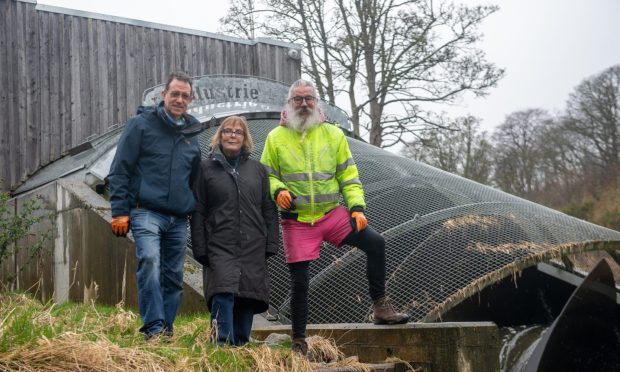

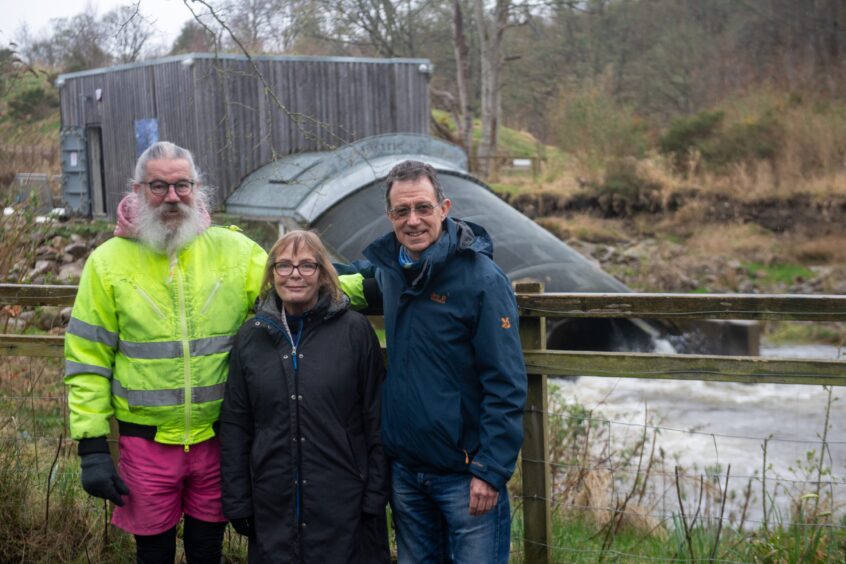
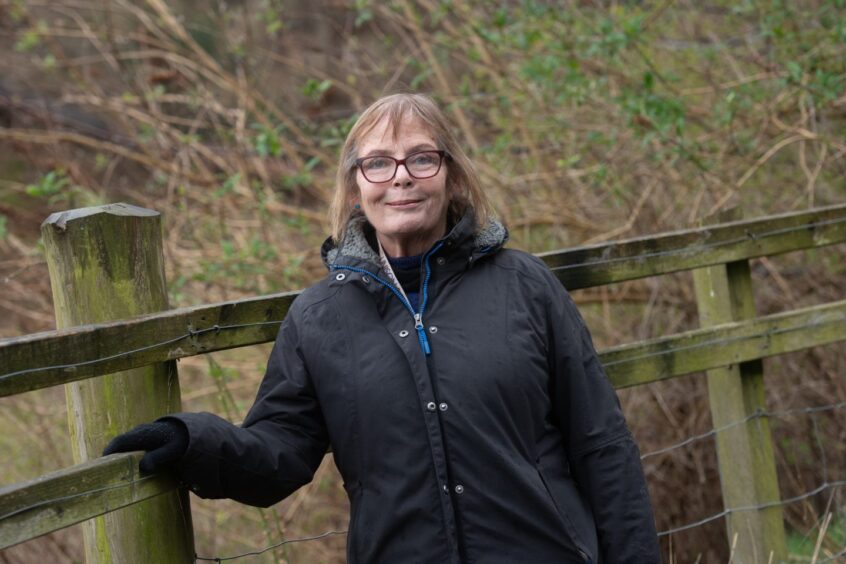

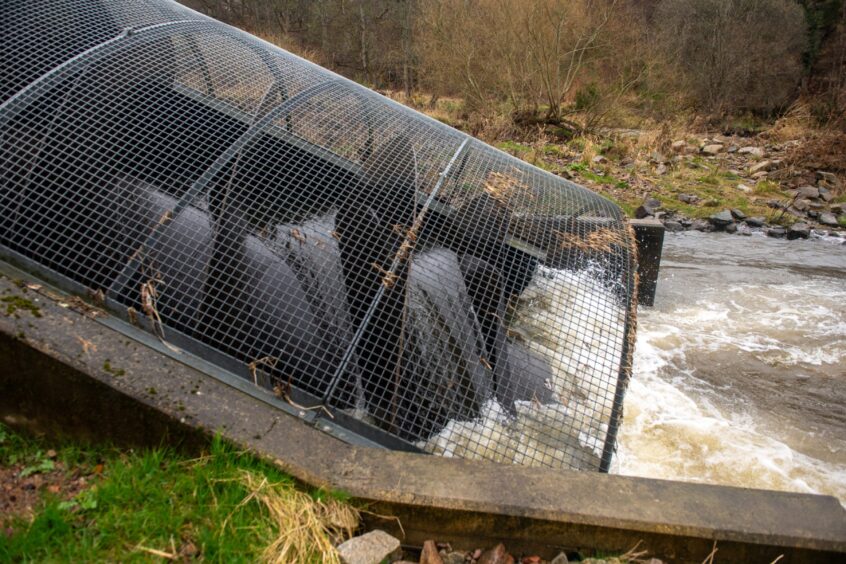
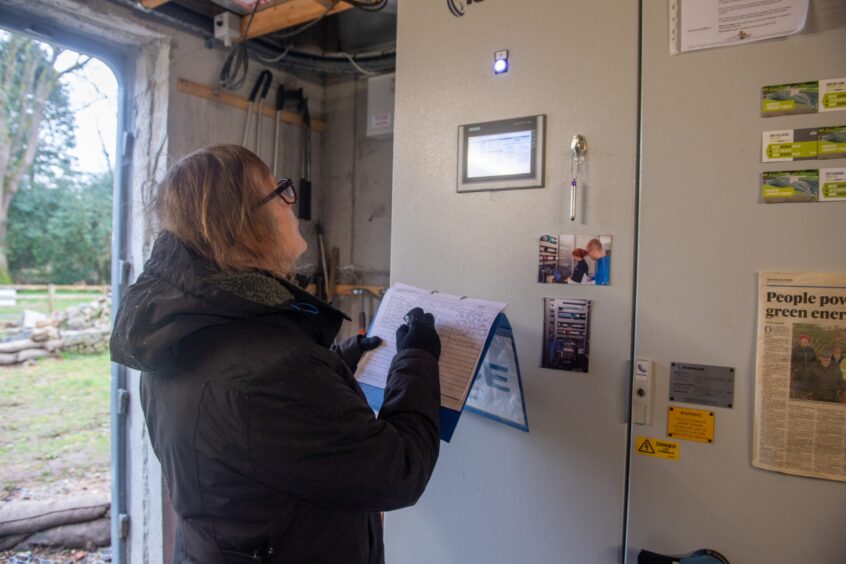



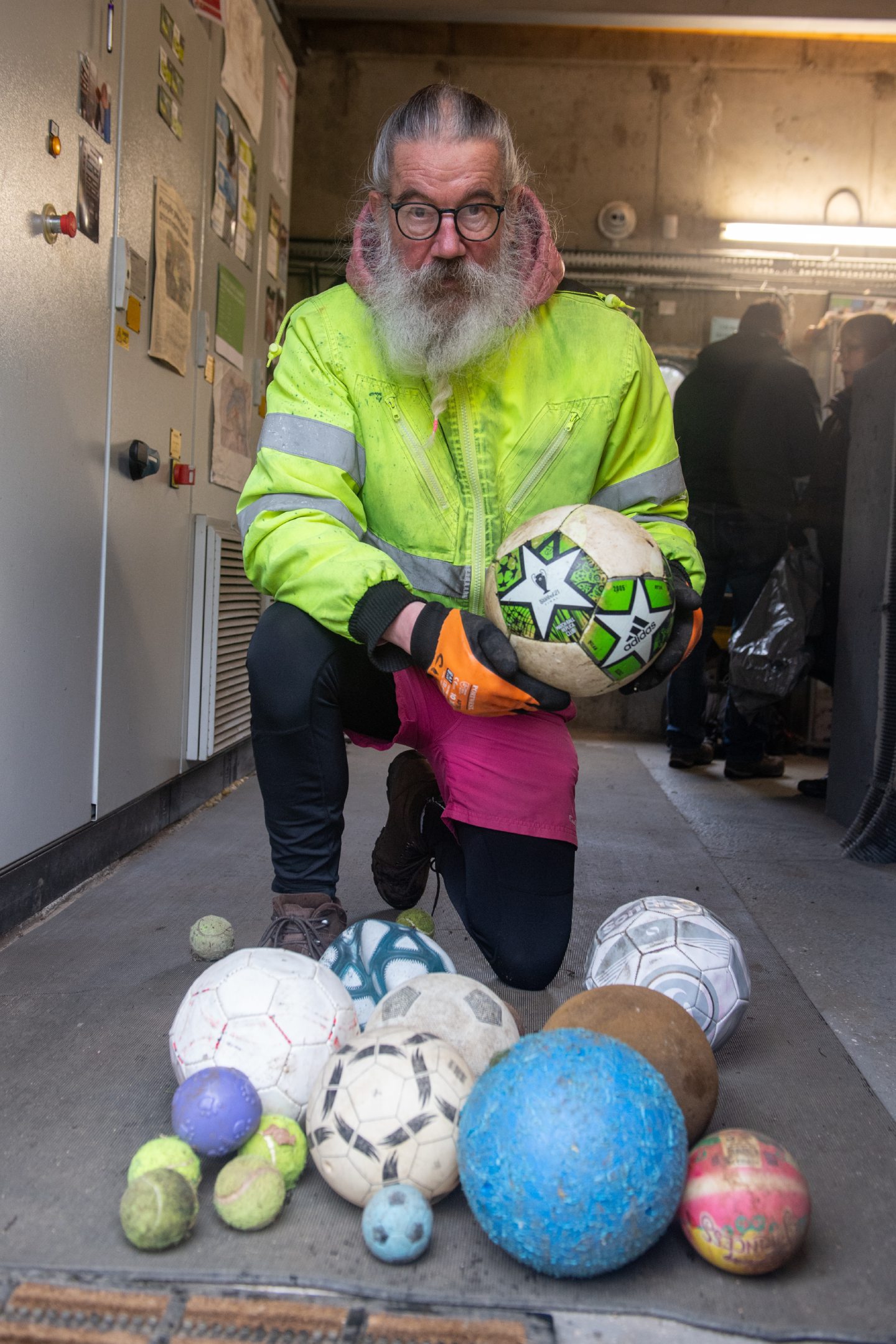
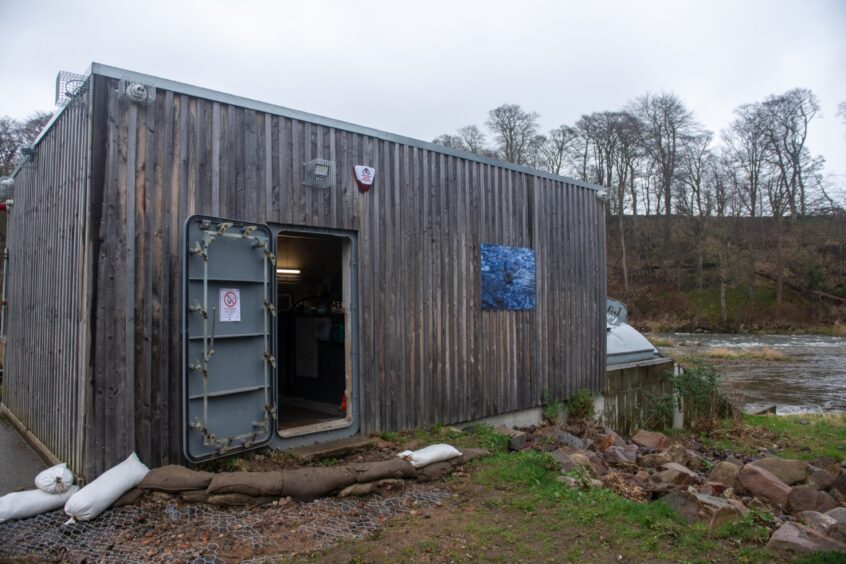
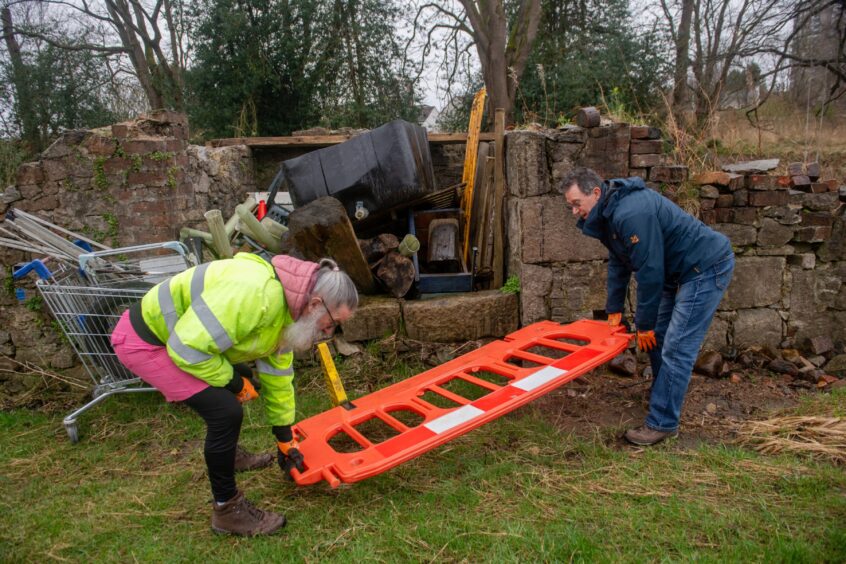
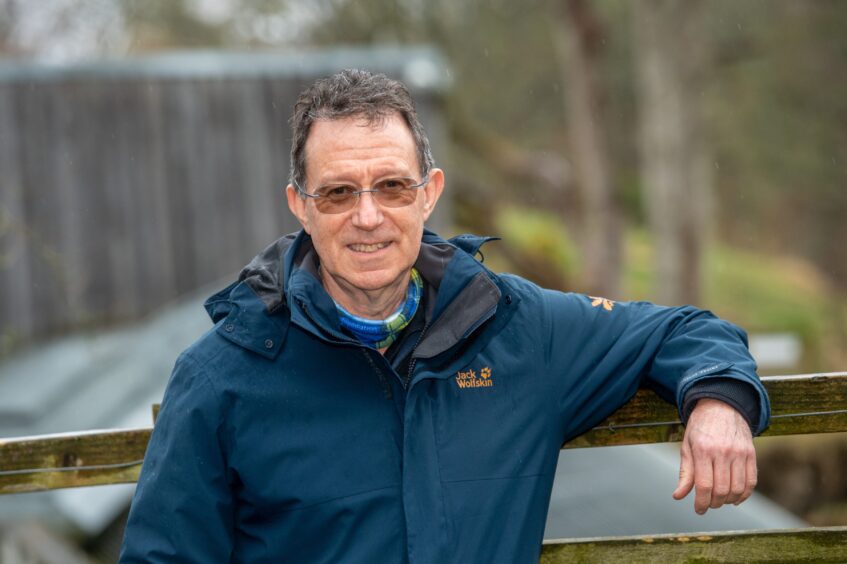
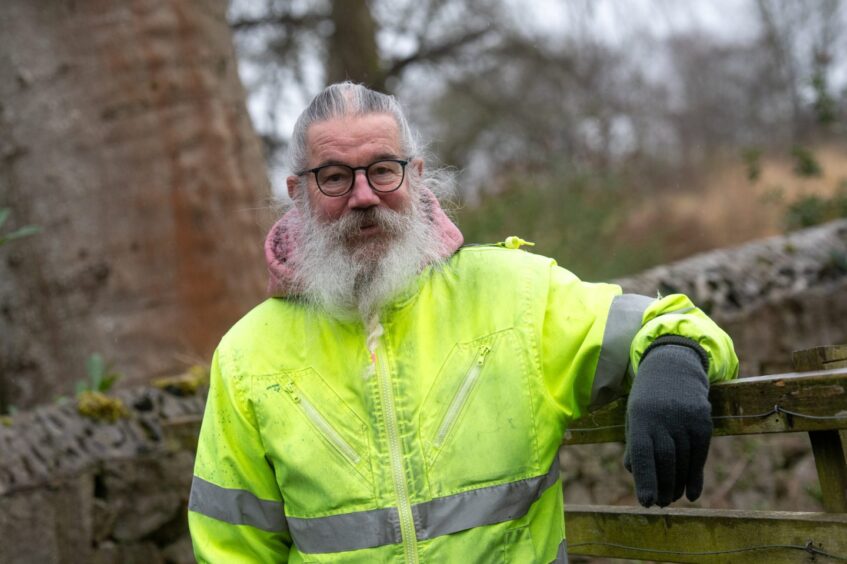
Conversation